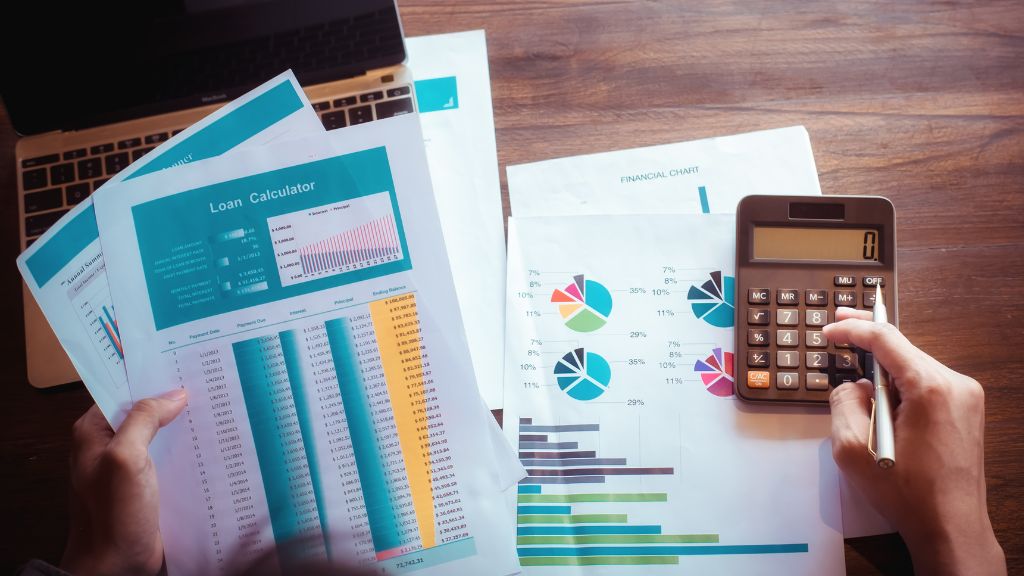
Know and control the costs of sale
The retailer or brand must identify these expenses, and quantify them, to gain optimal profitability control, adapt the pricing strategy to costs, and avoid potential losses if necessary.
The retailer or brand must identify these expenses, and quantify them, to gain optimal profitability control, adapt the pricing strategy to costs, and avoid potential losses if necessary.

Costs of sale relate to the money an e-commerce business invests in promoting, distributing, and delivering its products to consumers. These are the expenses incurred by the company so that items reach customers. The retailer or brand must identify these expenses, and quantify them, to gain optimal profitability control, adapt the pricing strategy to costs, and avoid potential losses if necessary. From Minderest, we explain the different types of costs of sale and how to control them.
Discounts for purchasing a large number of items. In these cases, the benefits are reduced slightly, but customer loyalty is boosted.

In addition to knowing and identifying different types of expenses, it is crucial to have a cost of sale budget to manage the e-commerce’s profitability. In this budget, you can consider the socio-economic context and possible factors that will alter demand, such as Black Friday or an economic recession. At the same time, you can have a historical analysis of your own sales and expenses, to forecast costs based on those made by the business in previous years.
When preparing and adapting the budget, you can check the costs applied by your suppliers and try to negotiate new prices with them, or even change partners. Many companies have done this following supply chain issues caused by the return to normality after the worst of the COVID-19 pandemic.
Ultimately, the dynamism of your pricing strategy will also help you manage your expenses better. With dynamic pricing, you can increase or decrease the prices of your products and services to generate higher revenue and cover your costs of sale. With the help of automated pricing tools, you can adapt your prices to your needs and supply and demand conditions without reducing your profit margin. Today's suites also feature artificial intelligence to optimise pricing.
Find out how Minderest can take your business to the next level.
Contact our pricing experts to see the platform in action.


